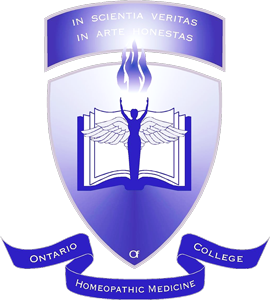Is Homeopathy a “New Age” practice?
Is Homeopathy a “New Age” practice?
October 17, 2016
I don’t think the thousands of children who were protected from polio through homeopathic immunization during the 1957 polio epidemic in Buenos Aires knew much about the New Age movement. I doubt very much that the patients who recovered from typhoid and malaria after receiving homeopathic medicines from Mother Teresa’s dispensary in Calcutta cared much about these theories, either. The civil war soldiers treated by homeopathic doctors for gangrene and gunshot wounds had never even heard of the New Age movement. The Christian woman I consulted with last week, whose twenty-year long struggle with rheumatoid arthritis ended in complete recovery, is certainly not interested in these theories!
Homeopathy has saved the lives of millions of people of all races, ethnic groups and religions, especially during scarlet fever, smallpox, influenza, polio, cholera, typhoid and yellow fever epidemics. It has been practised worldwide for more than two centuries and is recognized as a legitimate medical practice in many countries, including the United States (and Canada).
In this country, the production and marketing of homeopathic medicines is regulated by the FDA, and the medicines are produced in accordance with the Homeopathic Pharmacopeia of the United States, ever since the Food, Drug and Cosmetics Act of 1938 was passed. They are derived mostly from natural sources, and they are usually given in attenuated form based on the similarity of symptoms. The object of homeopathic treatment is to stimulate the innate healing responses of the body.
Homeopathic medicine is neither a movement, nor does it have anything to do with New Age. It is a tried and true medical practice and pharmaceutical science. It differs significantly from conventional medicine. It aims at curing diseases, rather than merely medicating the symptoms. It cures with minute doses of specially prepared drugs to activate the body’s natural healing and restorative mechanisms.

